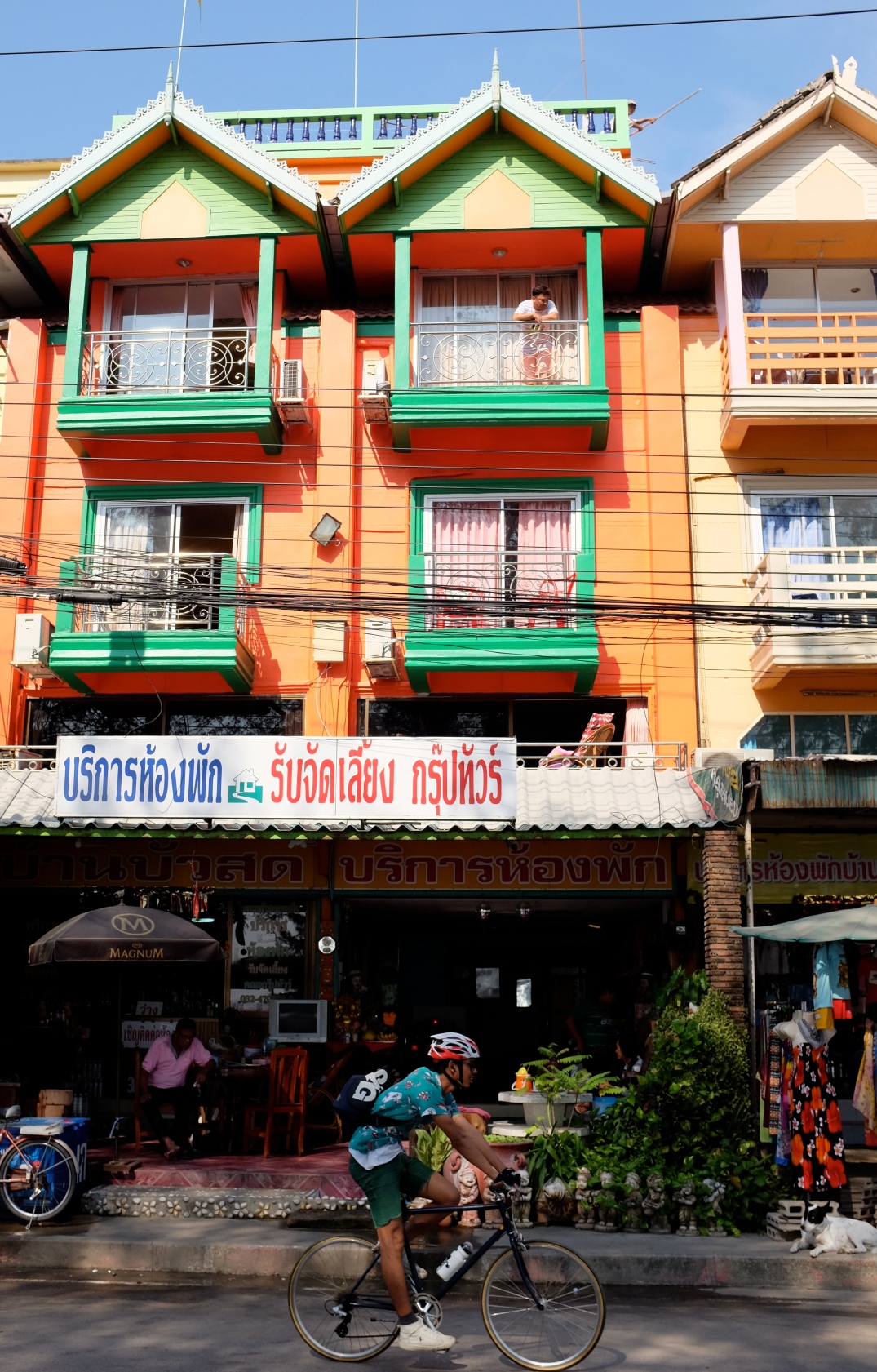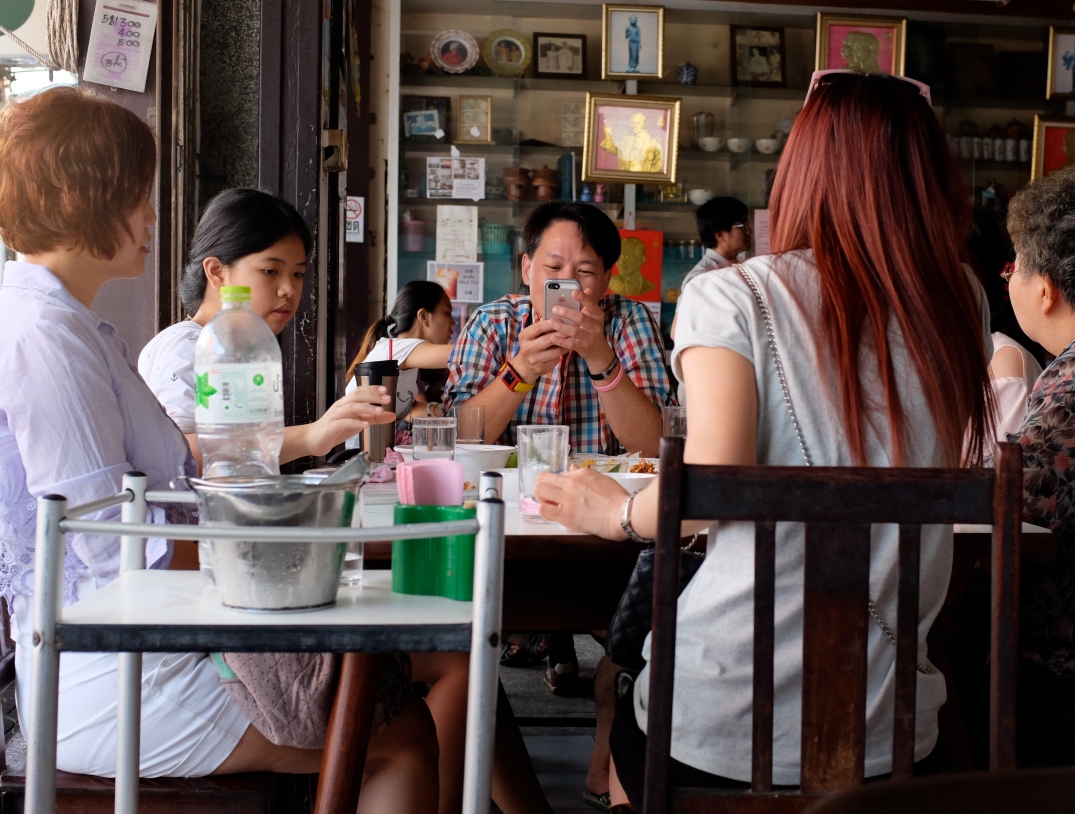Thailand on the map is shaped like the head of an asiatic elephant with its trunk extending southwards to form the Malay Peninsula. On jumbo’s tusks you will find Hua Hin, a coastal town widely known as the beach resort of Thai kings and these days also one of Asia’s rising holiday hotspots.
Hua Hin gets the year’s nicest weather from around mid December to early February when dry northeasterly winds blow over from China cooling down Thailand’s central plains. At this time Hua Hin and the nearby beach of Cha-Am look half-populated by Europeans. The seasonal residents can be seen shopping for groceries at supermarkets or else frolicking on warm soft sand or dining al fresco on fresh seafood with friends.
Property developers have taken advantage of this influx with Russians now making up quite many of the town’s new apartment buyers. Asian visitors too have discovered the simple joys of Hua Hin. Many Taiwanese, Chinese and Malaysians follow the rich people of Bangkok in making the three-hour road trip south to shop at the factory outlets and spend time with loved ones in a beach resort wholesomely free of girlie bars and other Pattaya-styled entertainments.
How Hua Hin became a royal beach town is partly a result of Thailand’s quest at the turn of the 20th century to modernize itself to avert being swallowed up by marauding western powers.
To secure its independence, Siam (Thailand’s former name) on 10 March 1909 signed the Anglo-Siamese Treaty (aka the Treaty of Bangkok) with Great Britain, then the most powerful country in the world, giving away Kedah, Perlis, Kelantan and Terengganu for inclusion into British Malaya. The treaty also gave Britain the exclusive right to finance and control a railway linking Bangkok with Singapore.
The Straits Times on 28 October 1909 reported:
“ The construction of the 600 to 700 miles of railway that has been provided for in the treaty will be begun at once… This work will probably extend through several years and will be open to competent men of all nationalities. The climate is humid and the heat tropical, but the line runs its entire length along the sea-coast, and there is no reason to believe that the white man cannot, with proper care, live here with a fair degree of comfort and safety. The entire management will be under a Siamese official of British nationality, who is well acquainted with the country and the people, as well as with the region through which the line runs and who has already secured on his staff both British and German engineers”
The rail link south from the capital enabled the western educated Thai Royalty a convenient way to have a holiday home by the beach. Hua Hin’s royal connection started with Prince Chakrabongse, a son of the great Thai King Chulalongkorn. The Prince who had spent his teenage years in Russia and married a Ukrainian wife visited Hua Hin on a hunting trip with visitors from Russia. He liked the place so he built himself a villa by the beach. After him a succession of Thai Kings came to build holiday homes in Hua Hin. The most famous of these is a palace named Klai Kang Won (Thai for “far from worries”) built by King Rama VII.
- All images copyright Kerk Boon Leng February 2014































